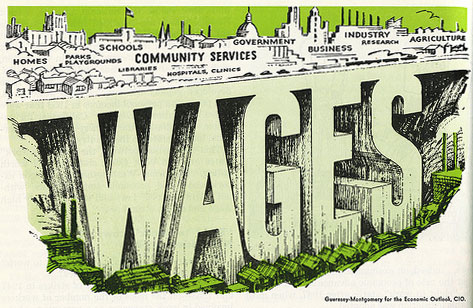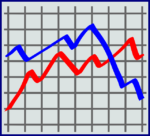By Jim Cline and Kate Kremer

In part 6 of our ongoing wage series, we now turn to the rankings of County Deputy and City Police Officer rankings throughout the State. This series always produces both expected and unexpected information about the relative standing of jurisdictions.
[Read more…]
 This is the fifth in our extensive series on current negotiation conditions and trends. In this article, we focus on recent economic developments.
This is the fifth in our extensive series on current negotiation conditions and trends. In this article, we focus on recent economic developments. This is the fourth part of our early 2021 wages series. In the last article in our 2021 wage series, we looked at all Washington public safety settlements from 2019 to 2021. That report showed a downward trend in 2021 settlements.
This is the fourth part of our early 2021 wages series. In the last article in our 2021 wage series, we looked at all Washington public safety settlements from 2019 to 2021. That report showed a downward trend in 2021 settlements. In
In 
 A year unlike any other, health care has been at the center of our attention. What does that mean for insurance costs going forward? Always an important part of the negotiated total compensation, we’re also paying attention to the trends in health care costs.
A year unlike any other, health care has been at the center of our attention. What does that mean for insurance costs going forward? Always an important part of the negotiated total compensation, we’re also paying attention to the trends in health care costs.
 If you are in or soon entering bargaining, right now it is critical to tracking economic developments and also reviewing the month to month sales tax numbers, in a way that it has never been before. If you are in or soon to be in contract bargaining, expect that the budget and the general state of the economy will loom large as points of discussion.
If you are in or soon entering bargaining, right now it is critical to tracking economic developments and also reviewing the month to month sales tax numbers, in a way that it has never been before. If you are in or soon to be in contract bargaining, expect that the budget and the general state of the economy will loom large as points of discussion. Despite the pandemic and the associated recession, inflation has not completely disappeared, especially in the Seattle metropolitan area. This chart shows the month to month changes in the Seattle and All Cities “W” index from October 2019 to October 2020:
Despite the pandemic and the associated recession, inflation has not completely disappeared, especially in the Seattle metropolitan area. This chart shows the month to month changes in the Seattle and All Cities “W” index from October 2019 to October 2020:

